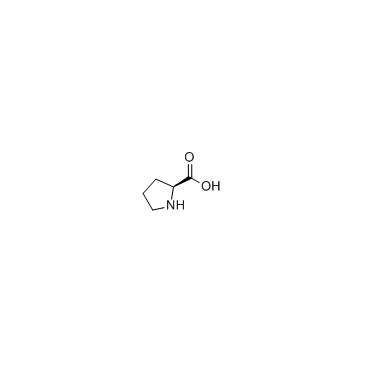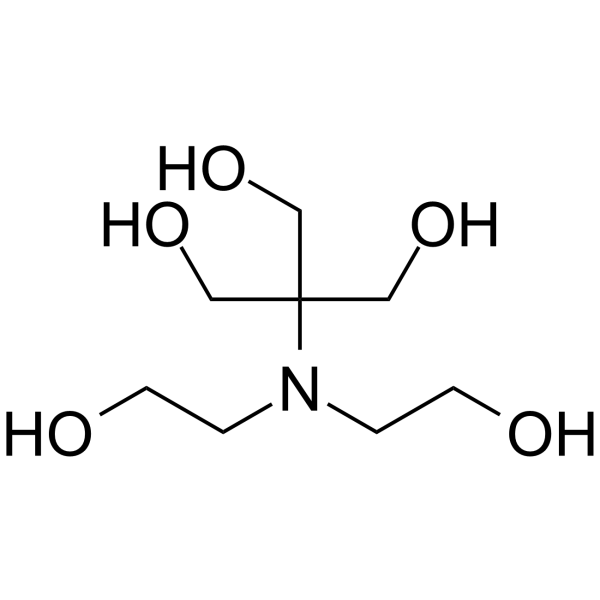| 结构式 | 名称/CAS号 | 全部文献 |
|---|---|---|
 |
脯氨酸
CAS:147-85-3 |
|
 |
二(2-羟乙基)亚氨基三(羟甲基)甲烷
CAS:6976-37-0 |
|
 |
硫类肝素钠
CAS:57459-72-0 |
|
 |
DL-脯氨酸
CAS:609-36-9 |